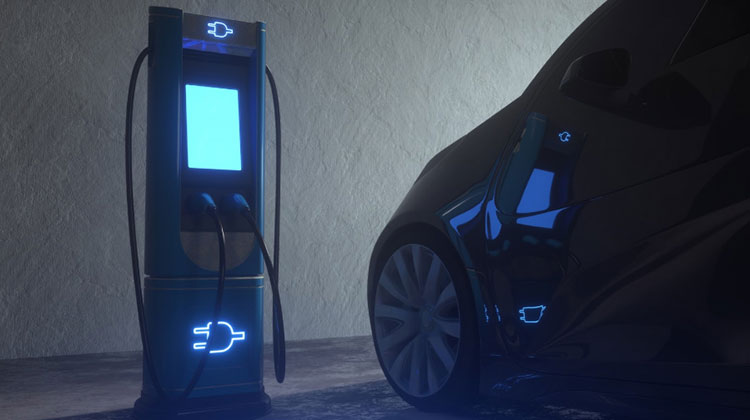
There’s more to charging an electric vehicle than plugging it into an outlet and waiting for it to fill up. Electric Vehicle owners have quite a bit to learn about their cars, from charging levels to charging cables and now charging connectors. As the electric vehicle charging industry expands to include more services and options, EV owners have an increasingly harder time keeping up with everything.
The market for connectors depicts this dilemma perfectly. Many connector types are available for EV charging, and the buffet of options can be confusing for EV owners, especially new owners.
In this article, we’ll be discussing the different EV charging connectors and when they are used.
Types of Charging Connectors For Electric Vehicles
As diverse as charging connectors are, they are specific for charging cables and charging speeds. So, when using car charging stations, it’s common to see connectors attached to charging speeds. Note that they can also be classified under AC and DC charging, but in this article, we’ll classify them according to their charging speeds.
Rapid and Ultra-Rapid Chargers
Rapid and ultra-rapid charges are the two topmost charging levels for electric vehicles. Rapid chargers provide 50kW of power, while ultra-rapid chargers provide 100kW, 150kW, or 350kW of power. Although one allows for more power than the other, these two chargers can charge an electric vehicle from 0 to 100 in 30 minutes. Because they charge similarly, they use the same high-level charging cables and connectors.
Four connectors fall under this category:
Combined Charging Systems (CCS)
The combined charging system, CSS, is an internationally standardised charging connector, which means that it can work for electric cars worldwide. This is worth mentioning because some charging connectors only work for vehicles made in certain countries or under certain brands. CCS has both AC and DC ports, and it can provide up to 350kW power from as low as 25kW.
While the EV charging app UK allows you to easily find every public charger and saves time, how fast your EV charges on this particular connector depends on its capacity. There are two formats for the CCS connector, but its defining feature is the DC points on the bottom.
Type 2 Connector
The type 2 connector is known as the EU standard connector. Also known as the Mennekes after the German company that made them, the type 2 connector has an output of 44kW for AC. It can be used for AC rapid and ultra-rapid charging. Many electric vehicles use this connector as it has become the widespread standard. Even the famous Tesla manufactures cars with type two connectors. Although theirs has some differentiating features, the basic blueprint is the same.
Note that the type 2 connector is an upgrade from the type 1 connector that could only be used for level 2 and level 1 charging.
CHAdeMO Connectors
The CHAdeMO connector is on-brand with Asian EV car manufacturers from Japan and Korea. Despite attempts to make it a standard for EV cars, the CHAdeMO connector is fast fading away and is currently only used by NISSAN and Mistubishi. Tesla has a variation for this connector for supercharging. CHAdeMO connectors produce up to 50kW for rapid charging.
Tesla Connector
Tesla connectors technically aren’t a new type of EV connector. They are Tesla-specific variations of type 2 and CHAdeMO connectors. Depending on the type of connector, Tesla connectors produce up to 142kW.
Level 2 Charging
Level charging is the second tier of charging for electric vehicles. It is fast but slower than rapid and ultra-rapid charging. At this level of charging, it would take an EV with a battery capacity of 40kWh, anywhere from four to six hours, to fully charge.
The connectors for level 2 charging are:
Type 1 Connector
The type 1 connector is an American standard connector for EV charging. For level 2 charging, the type 1 connector charges at 7kW AC.
Type 2 Connector
Type 2 connectors are the same as the type 2 used in level 3 charging but with a capacity of 22kW.
Level 1 Charging
Level 1 charging is the lowest charging tier for electric cars. It uses alternating current and is very slow, taking as long as 20 hours to charge at 3kW. Level 1 charging is utilised chiefly at home, and its connectors are similar to those used for level 2 charging.
Type 1 Connector
This type 1 connector is the same as type two above but with an output of 6kW.
Type 2 Connector
This type 2 connector is the same type two above but with an output of 6kW.
Commando Connector
The commander connector can be used at home by installing a commando socket.
3-Pin Connector
The three-pin connector is your regular UK 3-pin charger and is mainly used at home.
Conclusion
The options might be a tad too many when it comes to connectors for EV charging, but with this breakdown, you can easily make a choice.

Leave a Reply